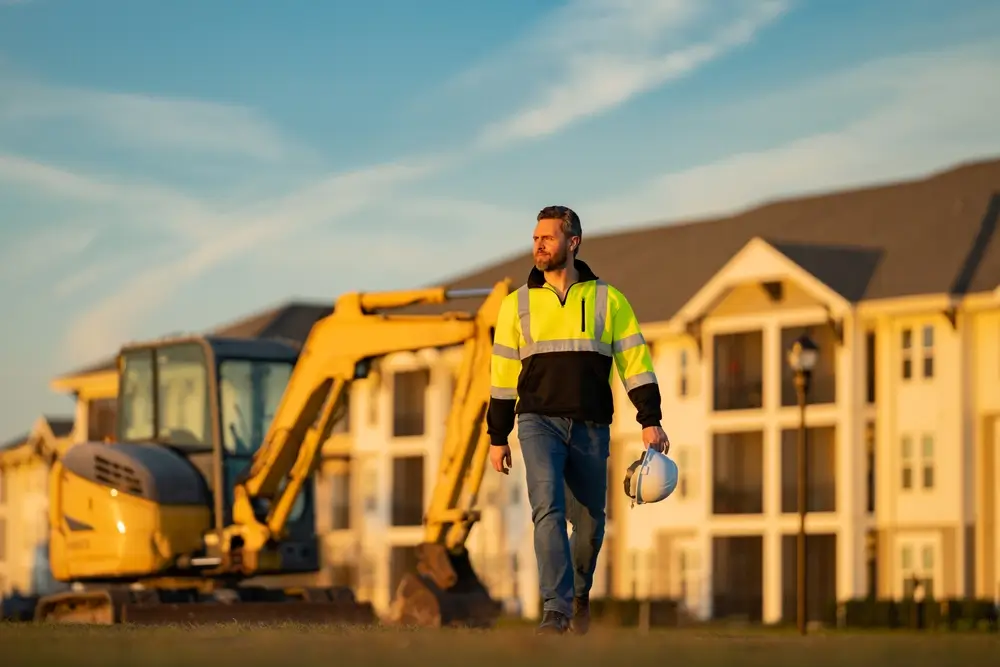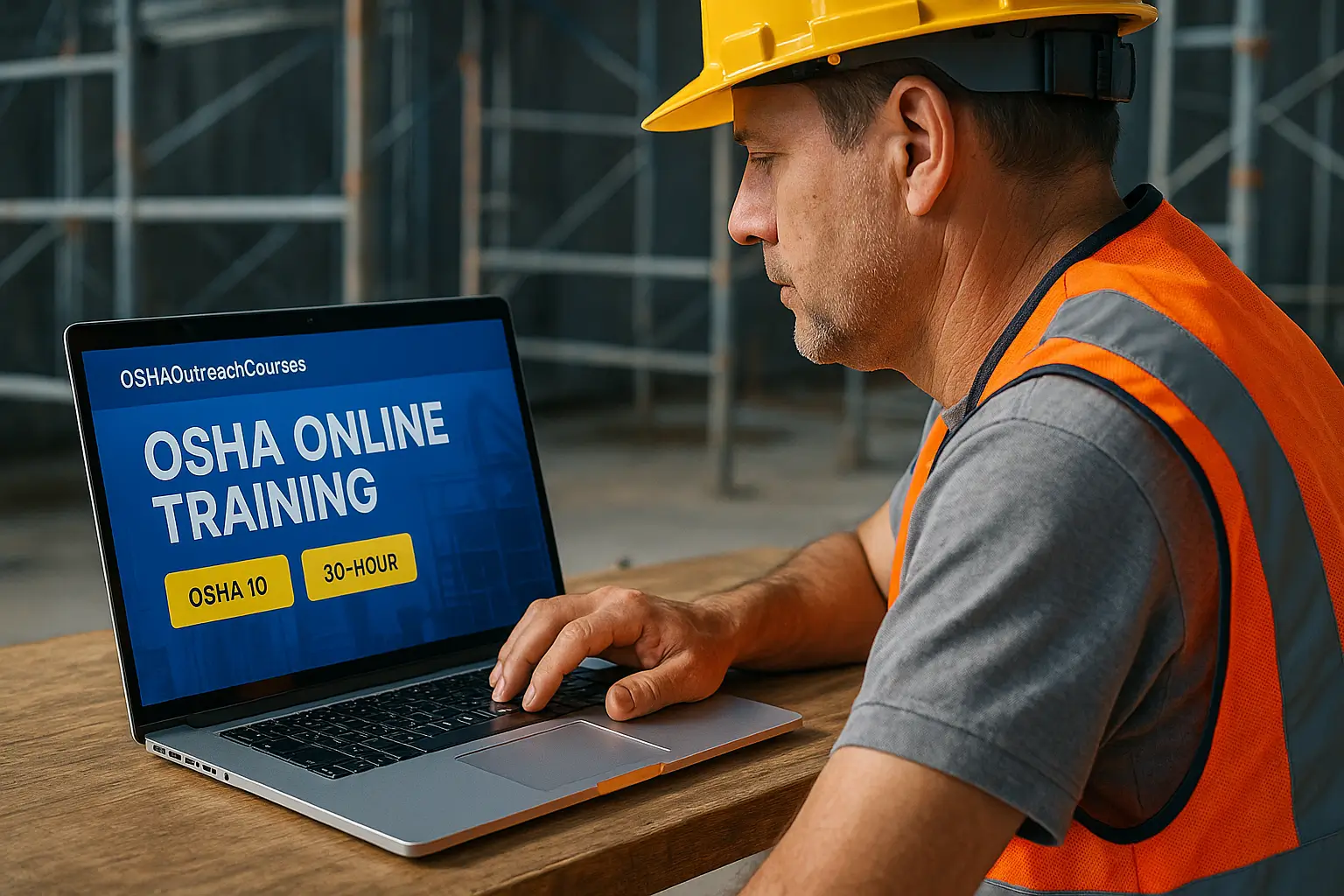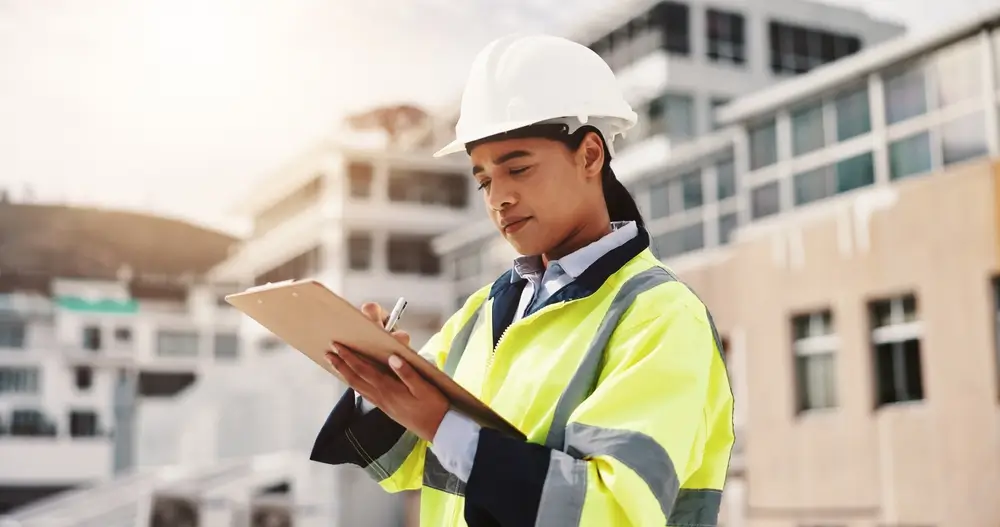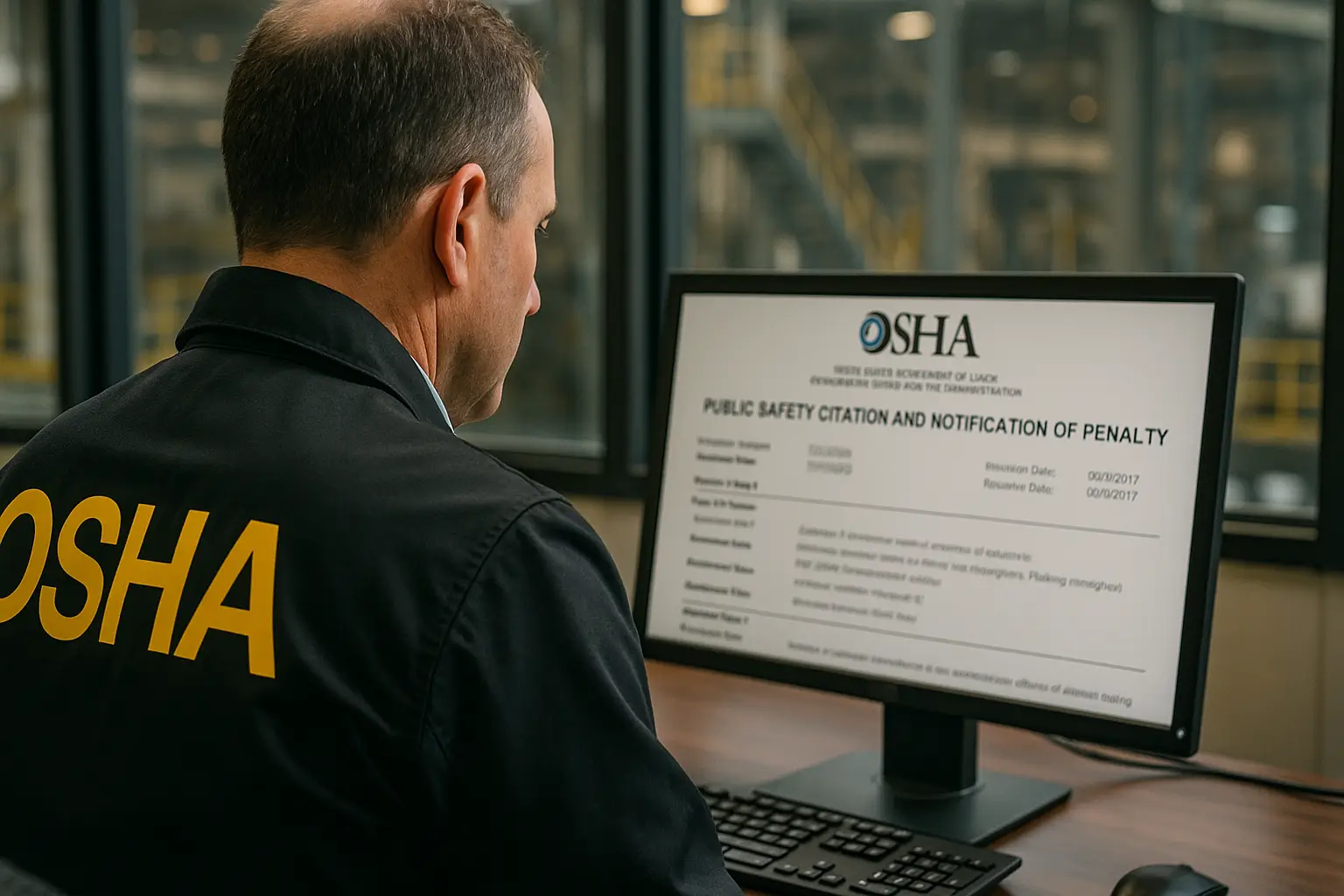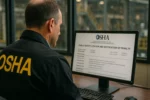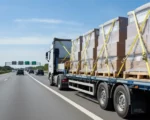Have you ever driven through a road construction zone and wondered why there are so many signs, cones, and speed limit signs? All these are components of a work zone, areas established to ensure the safety of both drivers and workers when making repairs or constructing roads. As much as they appear to be a slight nuisance, work zones are hazardous and should be approached with caution.
A work zone refers to a section of road, over which construction, utility, or maintenance work is being performed. It may consist of cones, barriers, warning signs, and flaggers. These areas could be in the short term to make quick repairs or in the long term such as building of bridges or repaving of highways.
The main aim of a work zone is to provide a safe environment where workers can do their jobs without any disturbance by the traffic. Simultaneously, it controls the traffic of vehicles in or around the region to limit traffic jams and avoid accidents.
The accidents usually occur when the drivers fail to slow down or to pay attention. What then makes work zones hazardous and how do we avoid accidents? What is a work zone and what can we do to keep safe?
What Makes Work Zones Unsafe?
It is estimated that in 2022, there were about 96,000 work zone crashes that caused almost 1,000 deaths. This means that safety of work zone can be a matter of life and death.
Work zones are a combination of risk factors:
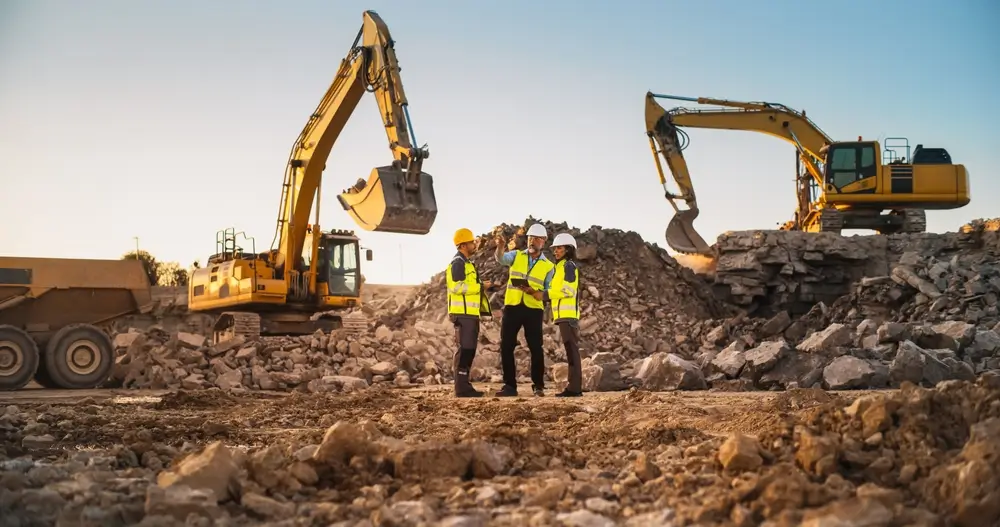
- Sudden and unforeseen lane changes and narrow lanes usually decrease the space that vehicles can use to pass safely, making it more likely to have side-swipe and merge accidents.
- The frequent slowing and traffic jams may result in sudden stops increasing the possibility of rear-end collisions, particularly when the drivers are not attentive.
- The big construction equipment working near the moving traffic may cause blind spots and danger to both the construction workers and drivers passing through the area.
- Another source of increased risks in work zones is the unpredictable behavior of drivers, who may drive too fast, be distracted, or change lanes aggressively.
The conditions are high risk in which both the workers and the drivers are susceptible. Rear-end accidents are particularly prevalent- usually caused by distracted driving or tailgating.
Moreover, the conditions of the environment including low visibility, weather changes, and construction at night make safety maintenance more difficult. In such cases, it is not unusual to have drivers who misjudge the road layout and end up in serious incidents.
Critical Guidelines for Safety of Work Zone
To enhance the safety of construction work zones, communication and cooperation are needed among government planners and contractors as well as drivers that move through the work zone. The following are some of the work zone safety guidelines that all people can adhere to:
For Drivers

1. Speed precautions
Never exceed the speed limits posted in a work zone. It is not only against the law, but in these places, fines are usually doubled. Reducing the speed will give you a chance to respond to the changing conditions. Slower speed decreases the chances of accidents and provides the drivers with more control in narrow or changing lanes.
2. Safe Distance
The most frequent crash in work zones is rear-end collision. Leave more space between your car and the car in front, particularly at lane change or stop. The following distance must be extended to enable sudden stops or poor visibility due to dust, barriers, or equipment.
3. Route Plan Your Route
Check through traffic apps or GPS to see the presence of construction zones. Where feasible, arrange alternative routes or add some traveling time. High-tech route planning allows to avoid delays and minimize congestion at work zones, which makes it safer for everybody.
4. Stay in your Lane
Do not change lanes at the last minute. Merge early and safely when you notice signs such as the one that reads, Lane Closed Ahead.
The abrupt lane change may disturb the traffic and cause side-swipe or merging accidents.
5. Avoid Distractions
Keep your phone, food, or GPS out of reach when approaching a work zone. Concentration is essential in preventing abrupt risks. Distractions impair the reaction time and the possibility of missing some important signs or crashing against construction barriers.
In The Case Of Construction Teams
Construction Team Safety Guidelines at Work Zones
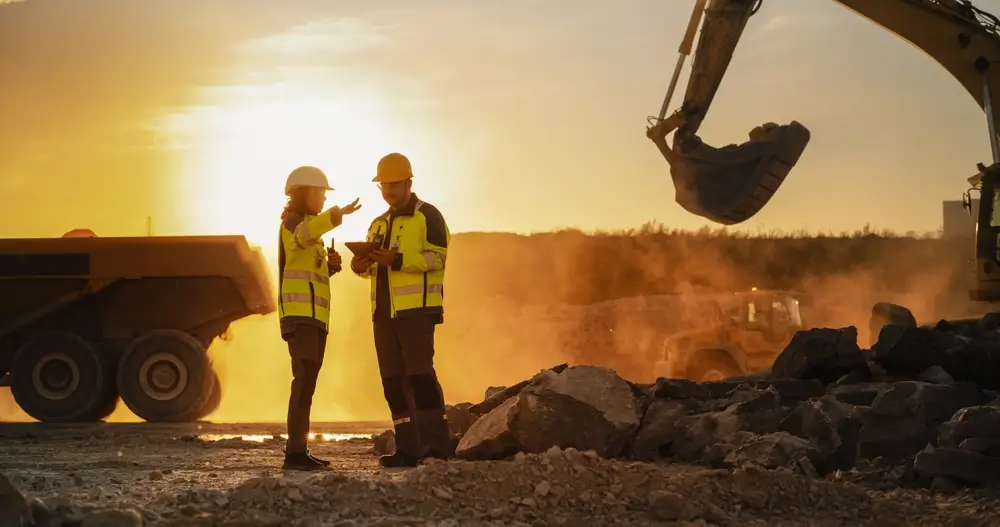
1. MUTCD Standards adherence
All signs, cones, and barricades must be according to the Manual on Uniform Traffic Control Devices (MUTCD) so that they are uniform and legal. Such standardization will assist drivers in identifying and reacting to traffic control components more uniformly in all work zones.
2. Advanced Traffic Devices Utilization
The danger can also be signaled to the drivers by the use of truck-mounted attenuators, portable message boards, and flashing lights. These gadgets increase visibility and provide drivers with time to change their speed and direction safely.
3. Light Up at the night time
In the event of work during the night, use reflective vests, flood lights, and LED signs to ensure workers and danger are visible. Proper lighting does not only prevent the workers but also allows the drivers to move in the area more safely at night.
4. Educate All Employees
All signs, cones, and barricades must be according to the Manual on Uniform Traffic Control Devices (MUTCD) so that they are uniform and legal. Such standardization will assist drivers in identifying and reacting to traffic control components more uniformly in all work zones.
5. Improve Communication
The danger can also be signaled to the drivers by the use of truck-mounted attenuators, portable message boards, and flashing lights. These gadgets increase visibility and provide drivers with time to change their speed and direction safely.
The Technology-based Safer Work Zones
Traffic control in the work zones is being changed by modern technology. For example:
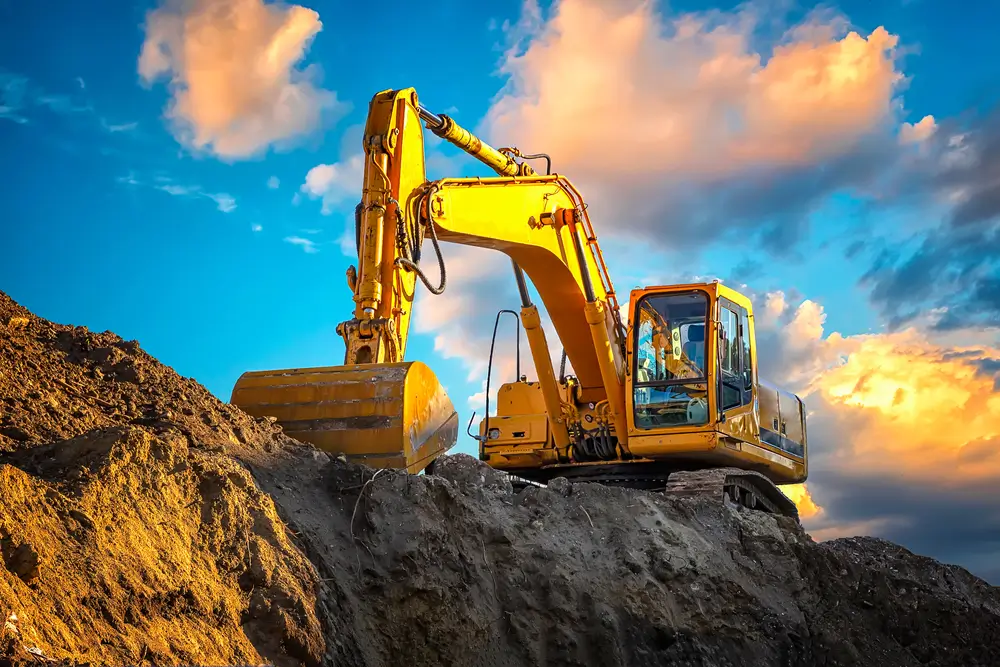
- Intelligent work zones that monitor traffic in real-time and display digital signs can alter messages depending on the conditions.
- Automated flagger assistance devices (AFADs) enable crews to manage traffic remotely, and therefore workers do not have to stand close to vehicles.
- Construction vehicles that are tracked with GPS are more efficient and aware of the sites.
The incorporation of such innovations enables construction firms to safeguard their employees as well as the general population.
Conclusion
Awareness and knowledge are two important elements in creating safe work zones. Knowing how to manage these areas can literally save lives. Considering that thousands of accidents happen in work zones every year shows that you can never be too careful while working in or around them. With clear rules, good communication, and obeying traffic control in work zones, we all help in creating a safer road environment.
The next time you see those orange signs, cones, and flashing lights- slow down, pay attention, and keep in mind that someone is relying on it.

